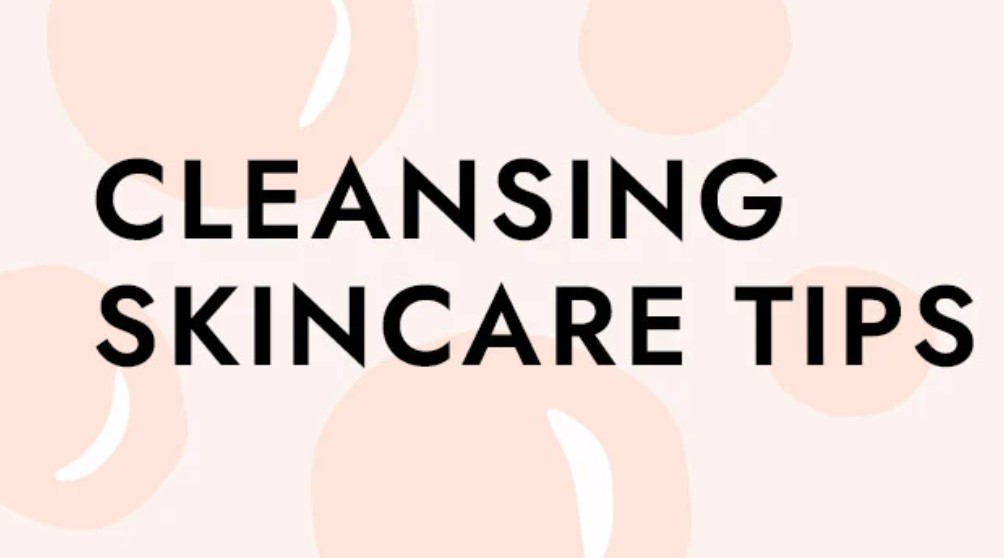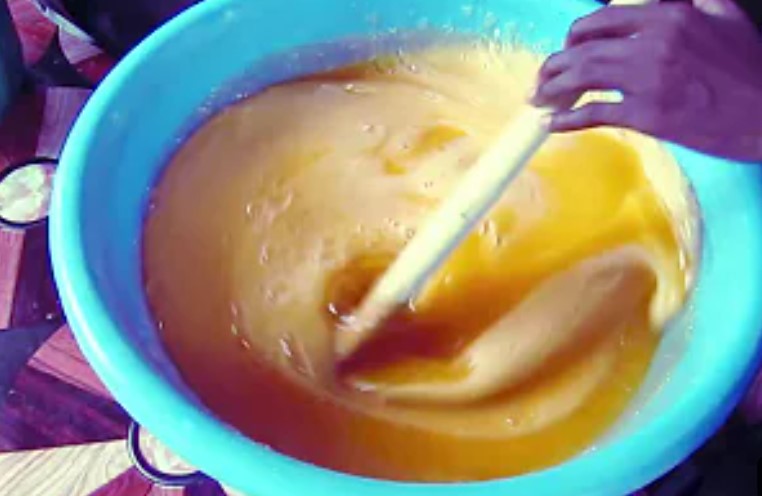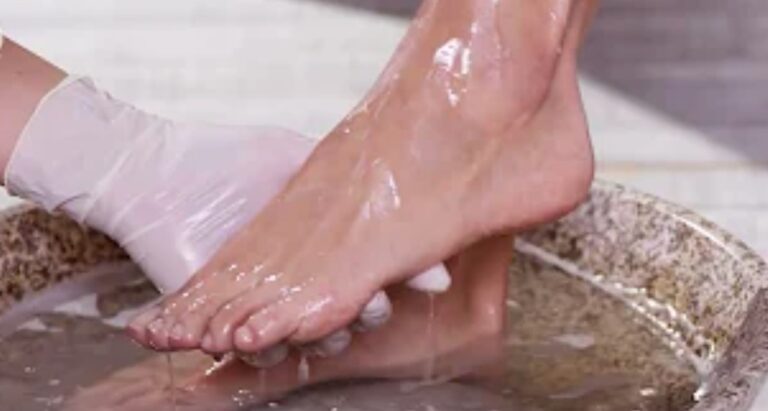Skincare Cleansing Techniques
Skincare Cleansing Techniques
Skincare cleansing is the foundation of any effective beauty routine, as it sets the stage for healthy, radiant skin. The process of cleansing not only removes dirt, oil, and impurities but also helps to maintain the skin’s natural balance. However, with numerous cleansing techniques available, it can be overwhelming to determine the most suitable approach for your skin type and concerns.
This article will delve into various skincare cleansing techniques, highlighting their benefits and providing insights into their proper application. By understanding these techniques, you can tailor your cleansing routine to achieve the best results for your skin.

Double Cleansing:
Double cleansing has gained significant popularity in recent years due to its effectiveness in thoroughly removing impurities from the skin. This technique involves two steps: first, using an oil-based cleanser to dissolve makeup, sunscreen, and excess sebum, and then following up with a water-based cleanser to remove any remaining debris. Double cleansing ensures a deep cleanse without stripping the skin’s natural oils, making it suitable for all skin types. However, dry or sensitive skin may need gentle, non-comedogenic oils and cleansers.
Micellar Water Cleansing:
Micellar water has become a staple in many skincare routines due to its convenience and effectiveness. Micelles are tiny oil molecules suspended in water that attract and remove dirt, makeup, and oil from the skin. This technique is particularly suitable for sensitive or dry skin as it does not require rinsing, minimizing potential irritation. Instead, soak a cotton pad with micellar water and gently wipe it across the face to cleanse and refresh the skin. However, micellar water may not provide a deep cleanse for those with oily or acne-prone skin, who may benefit from following up with a water-based cleanser.
Foam or Gel Cleansing:
Foam or gel cleansers are popular for those with normal to oily skin types. These cleansers typically contain surfactants that create a foaming action, effectively removing dirt, excess oil, and impurities from the skin. In addition, foam or gel cleansers are generally pH-balanced to maintain the skin’s natural acidity and prevent over-drying. However, individuals with dry or sensitive skin should opt for mild formulas with moisturizing ingredients to avoid stripping the skin of its natural moisture.
Oil Cleansing:
Oil cleansing is a technique rooted in ancient skincare practices and is beneficial for all skin types, including oily and acne-prone skin. The principle behind oil cleansing is that “like dissolves like” – the oil used in the cleaning process helps to dissolve and remove excess sebum, dirt, and makeup without disrupting the skin’s natural moisture barrier. Using a suitable oil, such as jojoba, argan, or grapeseed oil, massaged onto dry skin and then gently removed with a warm washcloth, the skin can achieve a deep cleanse while maintaining its balance.
Skincare cleansing techniques are varied and versatile, catering to the unique needs of different skin types. From double cleansing to micellar water, foam or gel cleansers, and oil cleansing, each technique offers its benefits and applications. Understanding these techniques and considering your skin type and concerns can create a personalized cleansing routine that promotes healthy, radiant skin. Always listen to your skin’s needs, adapt your routine as necessary, and consult a skincare professional if you have specific concerns. Then, consistent and appropriate cleansing can achieve a clear and glowing complexion.






